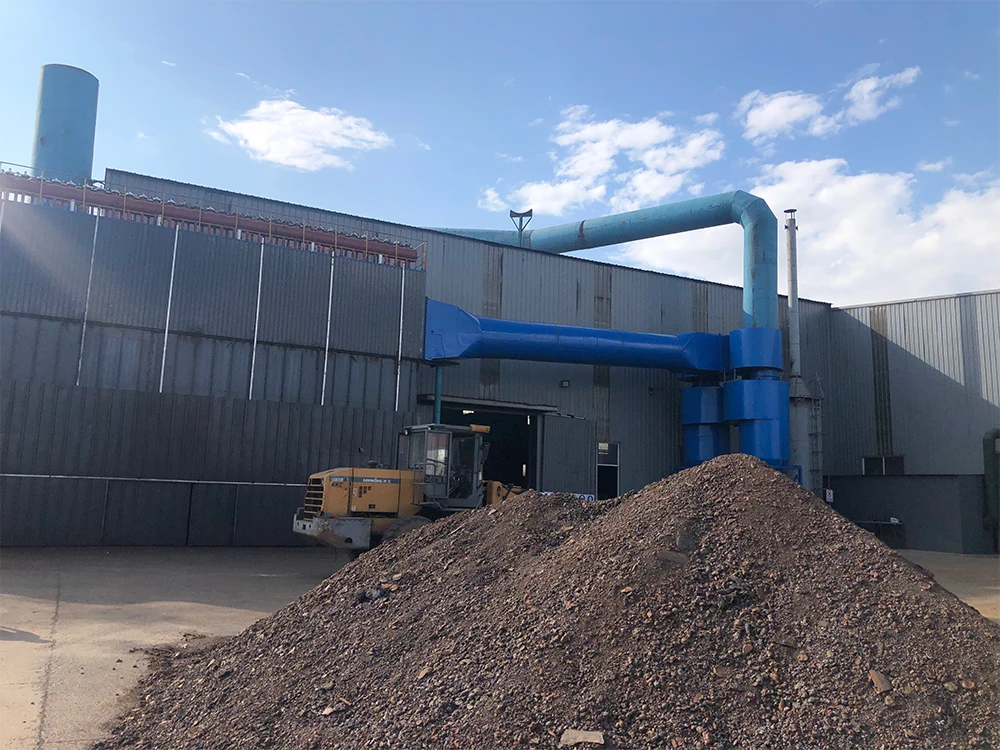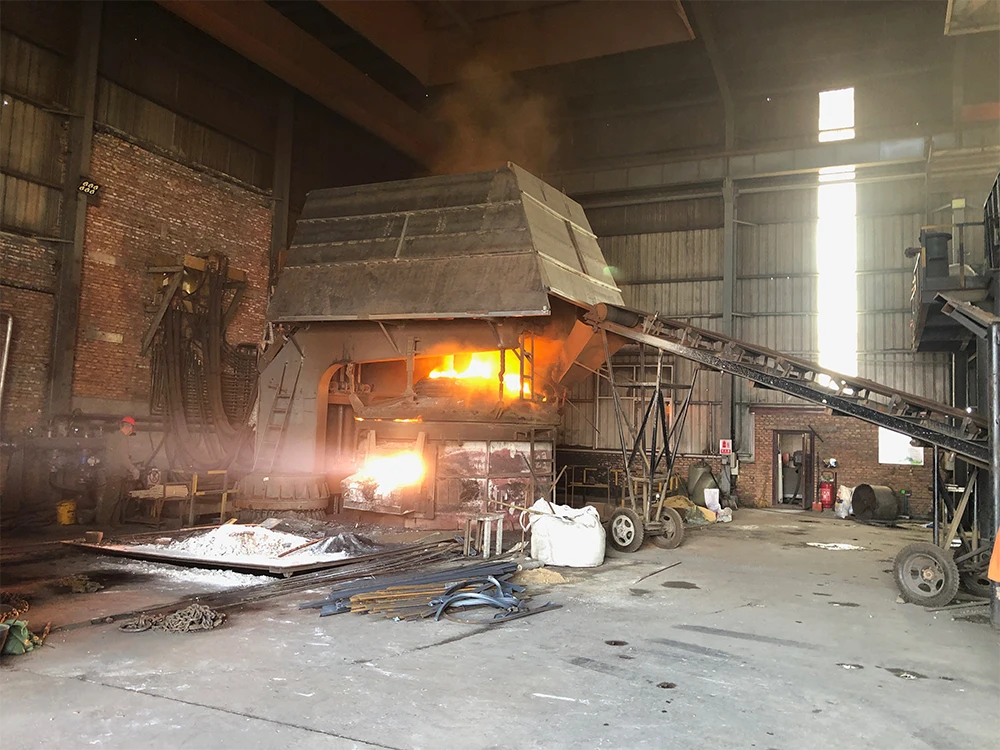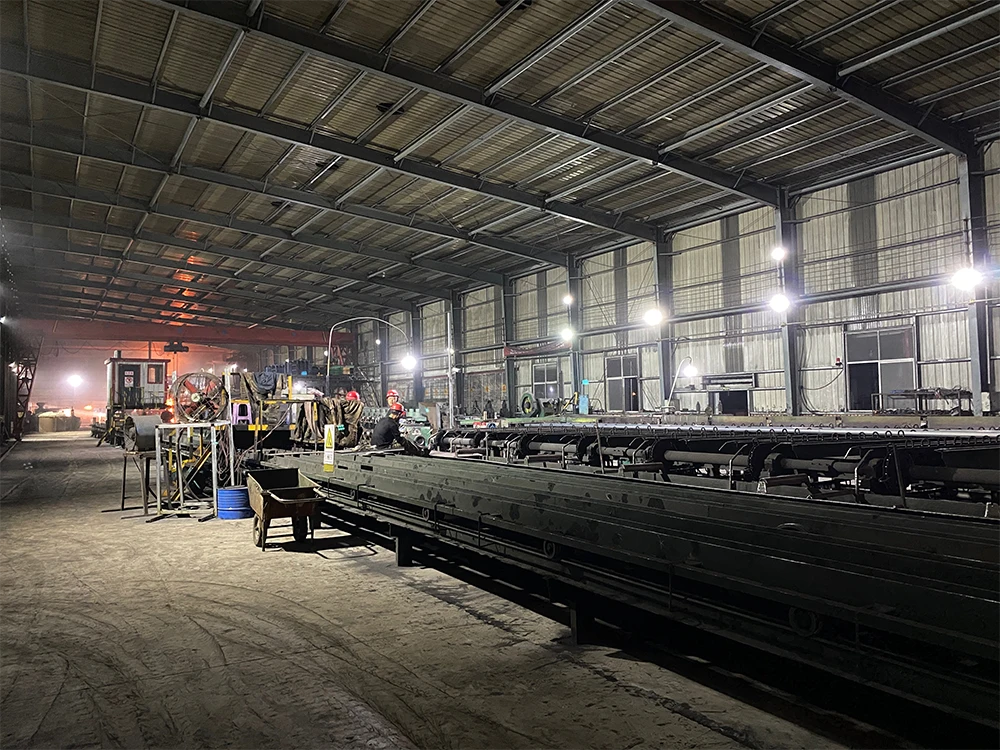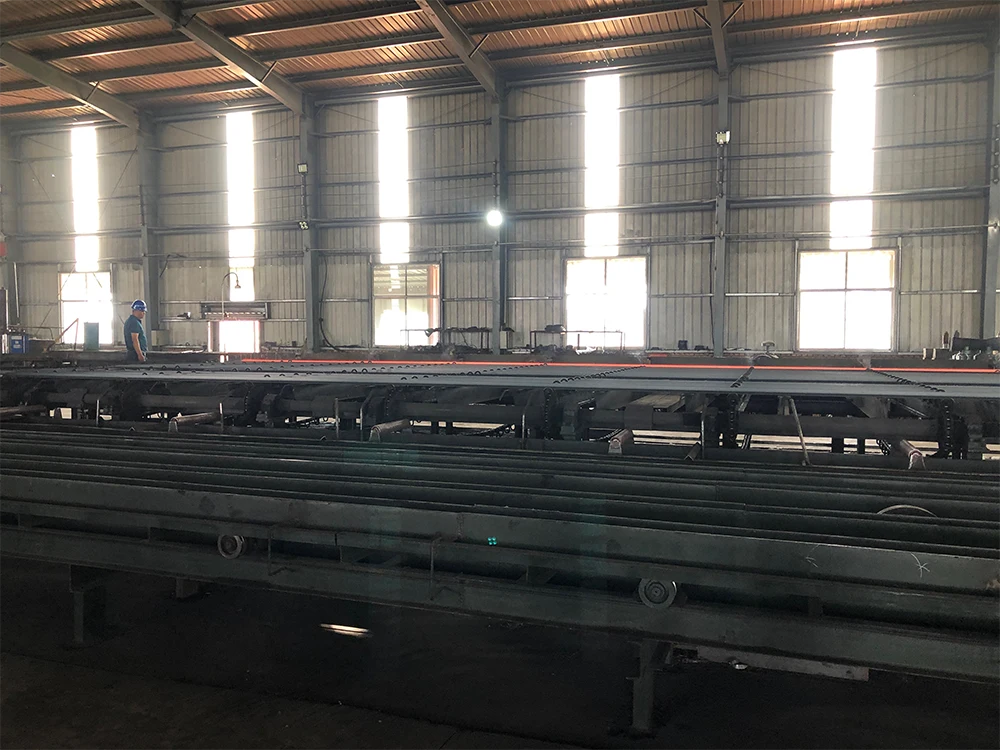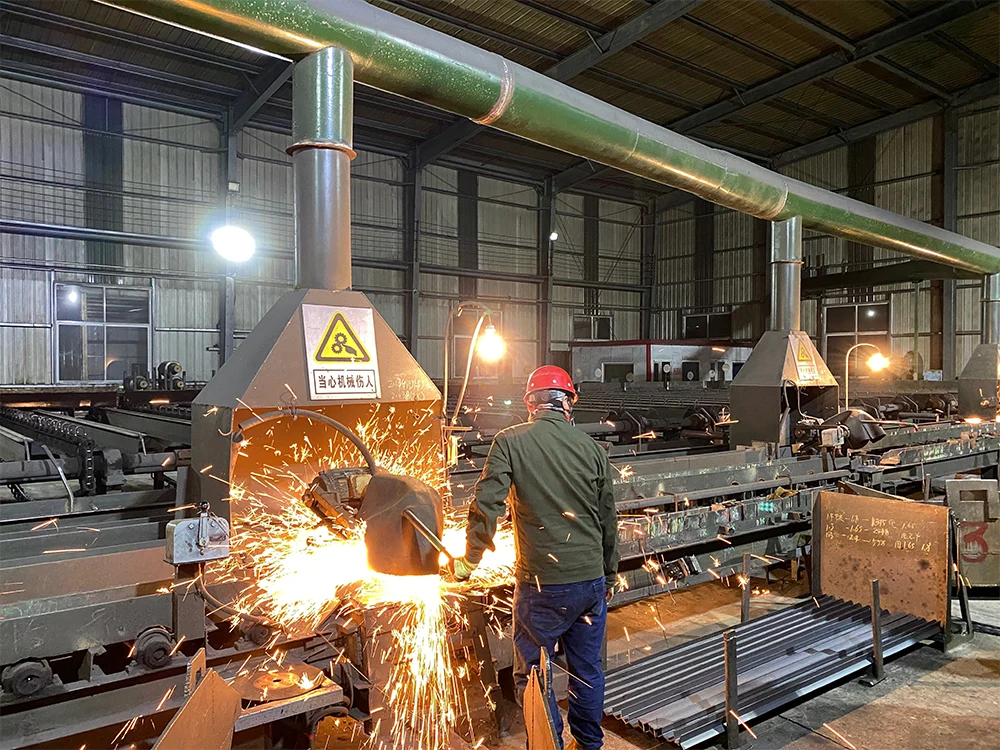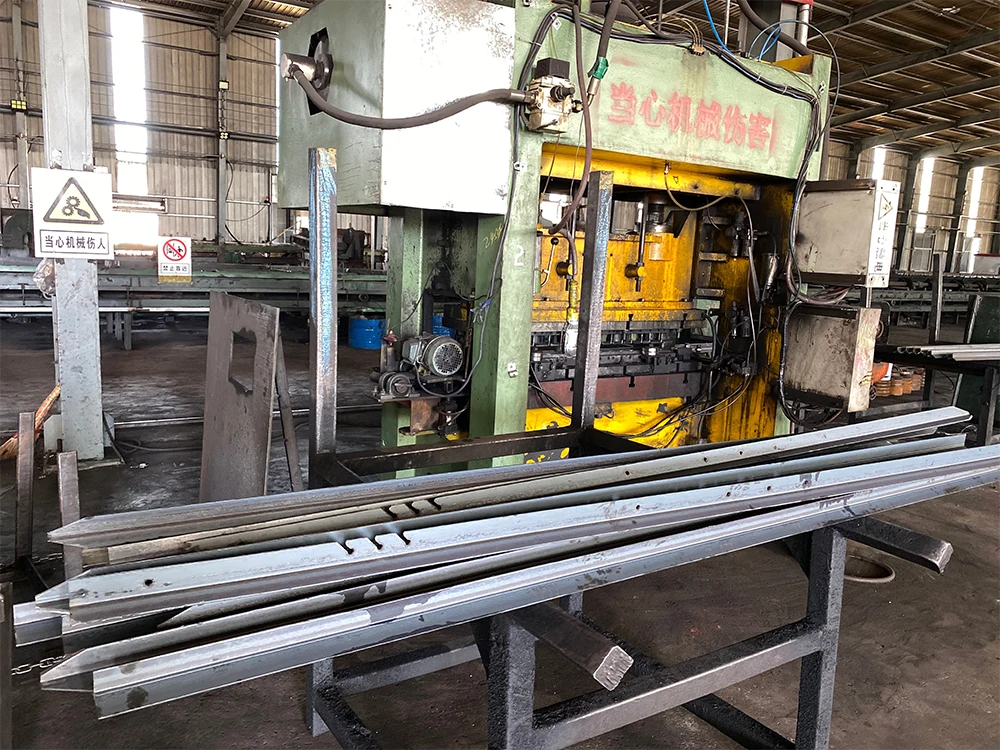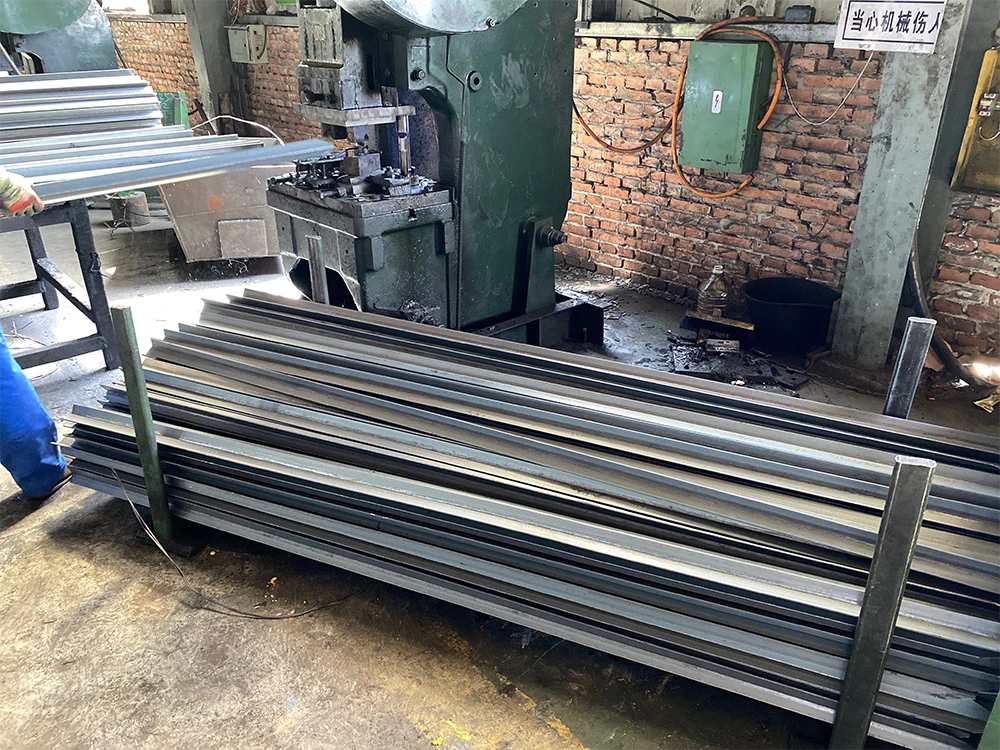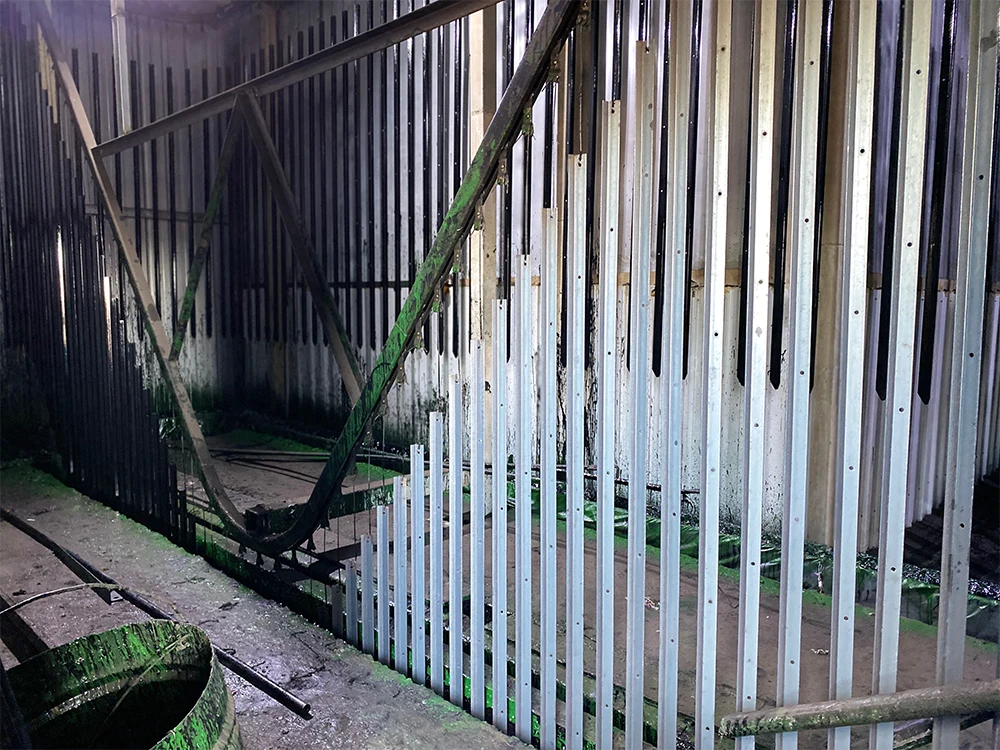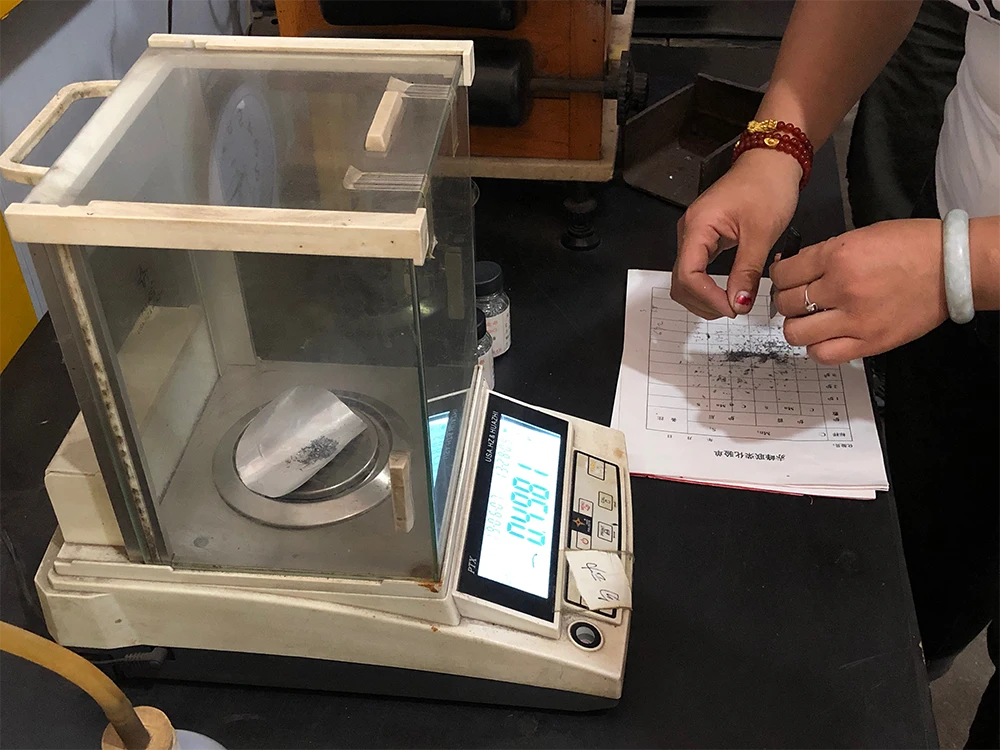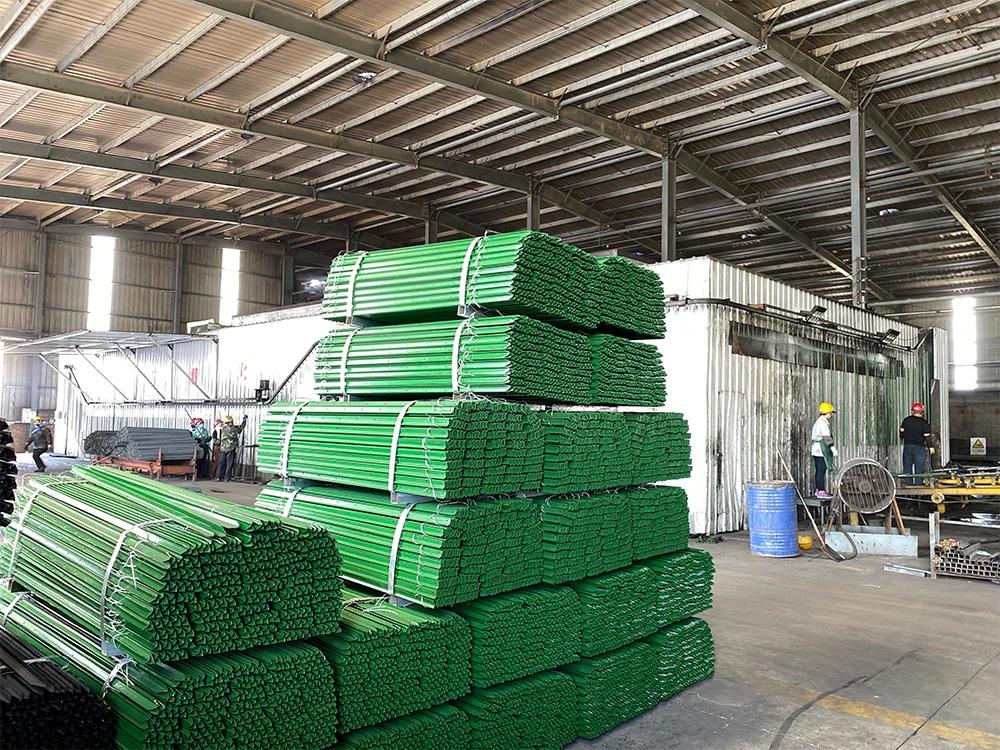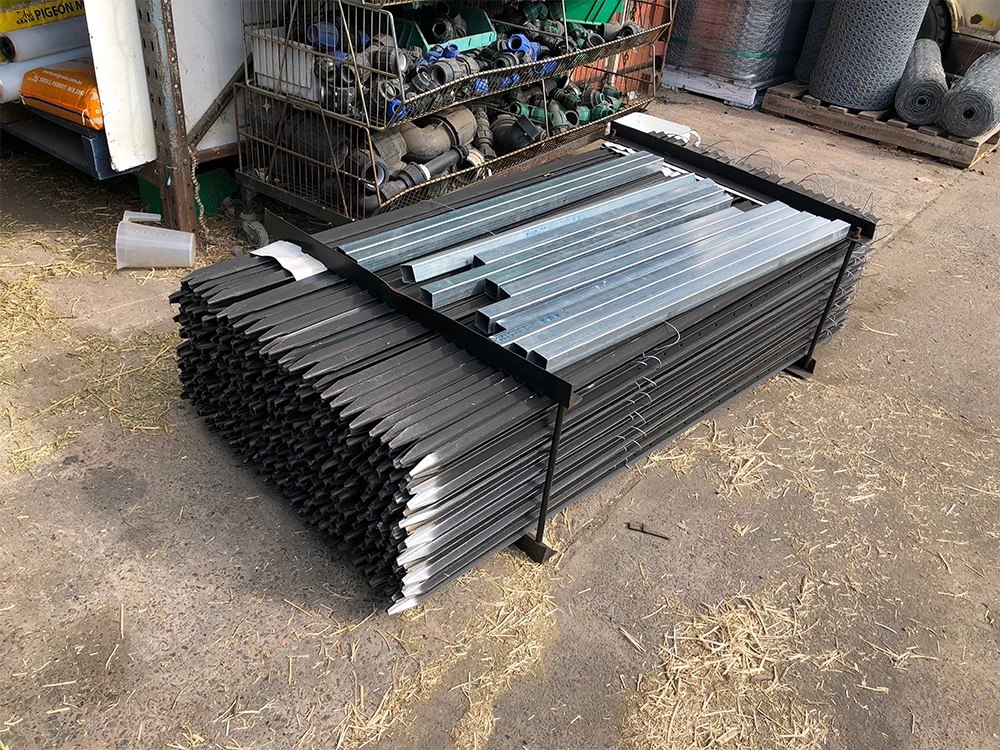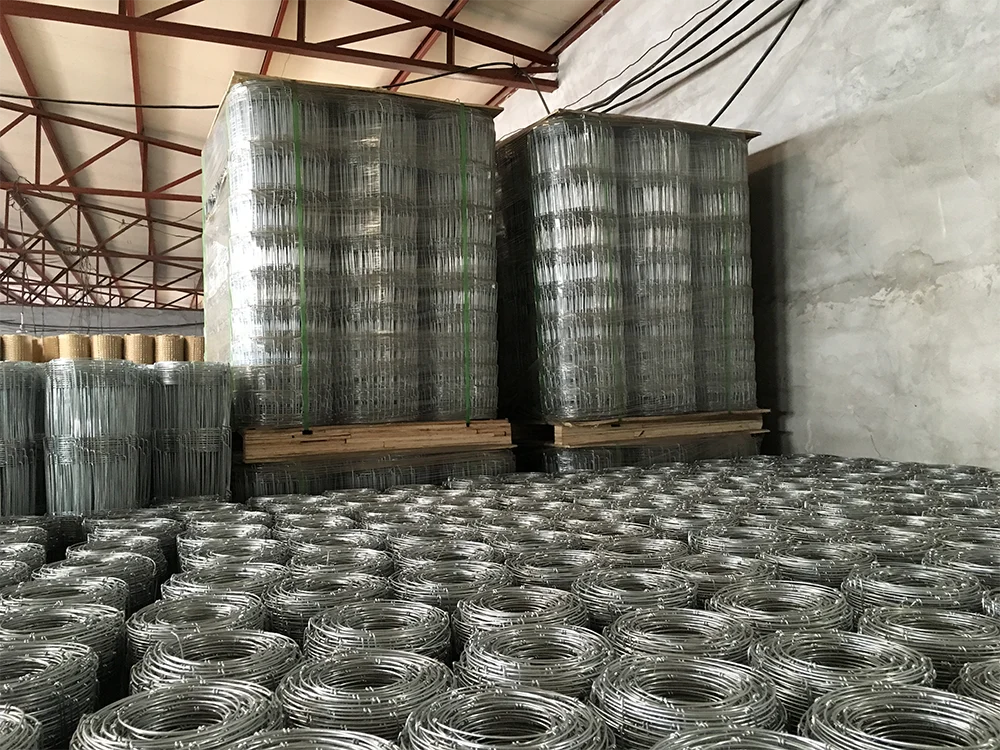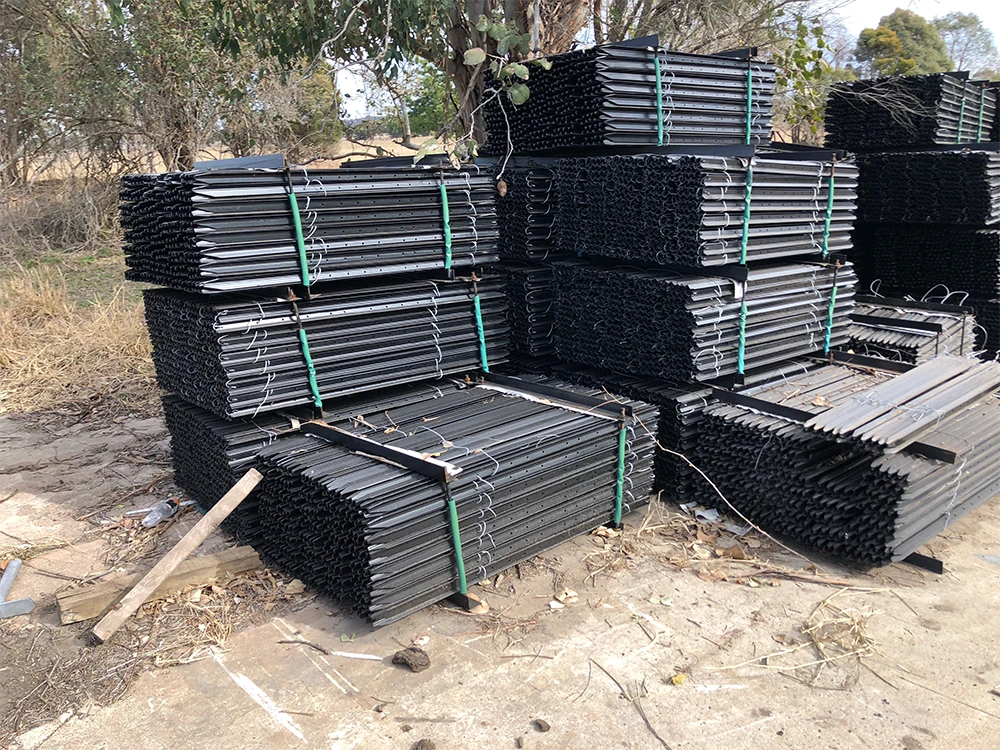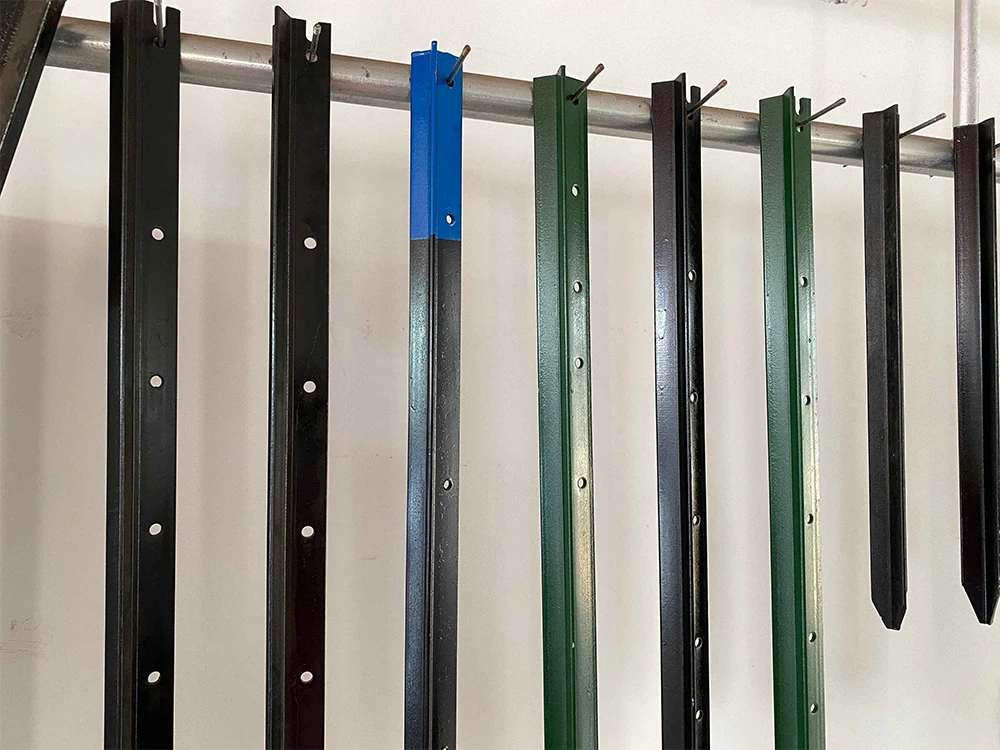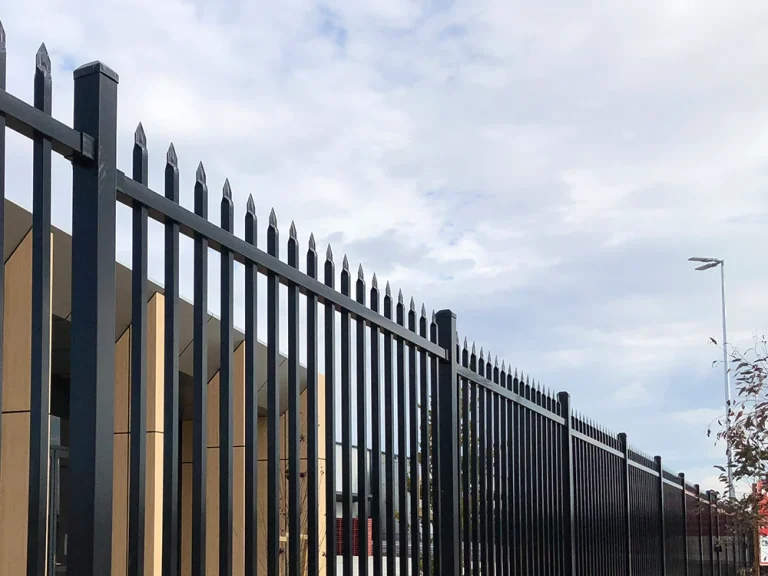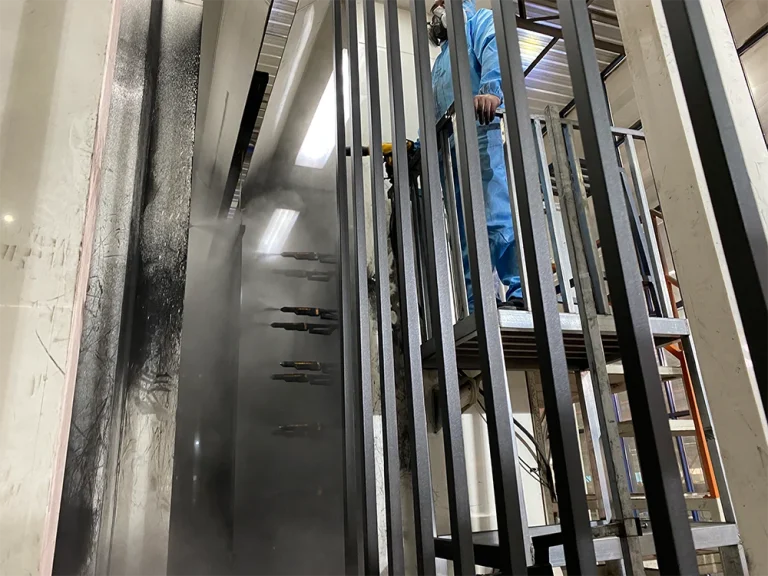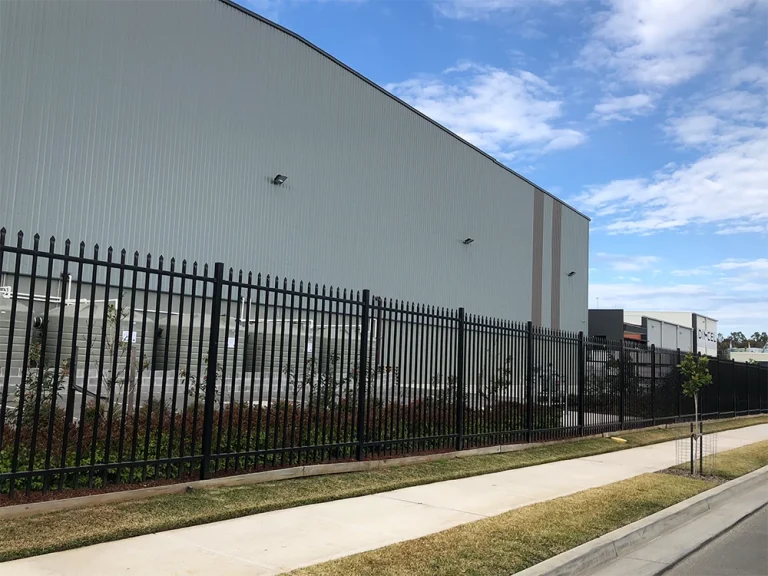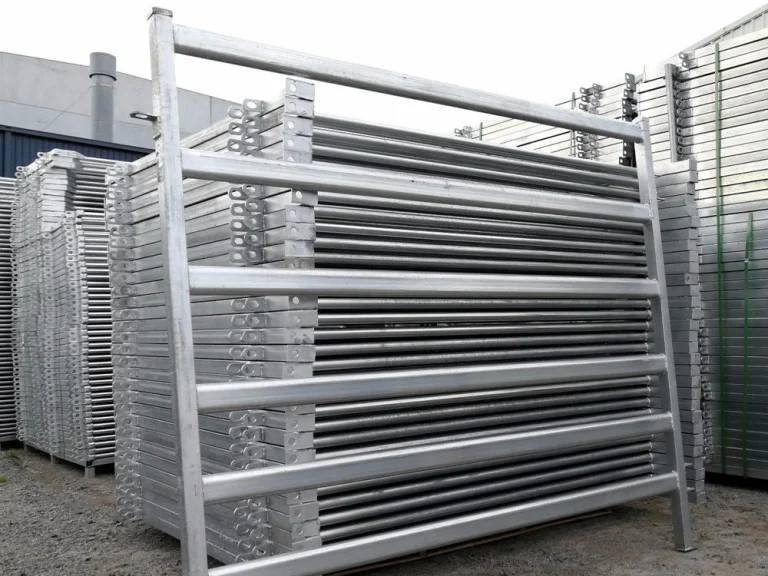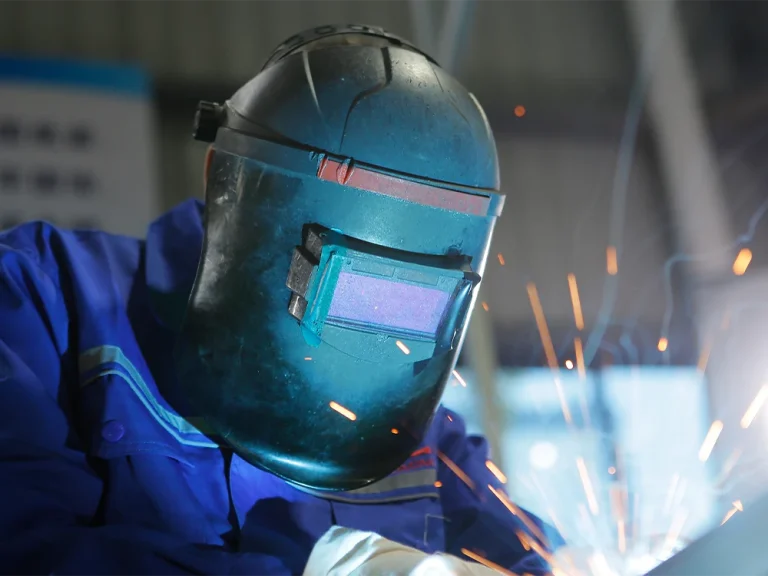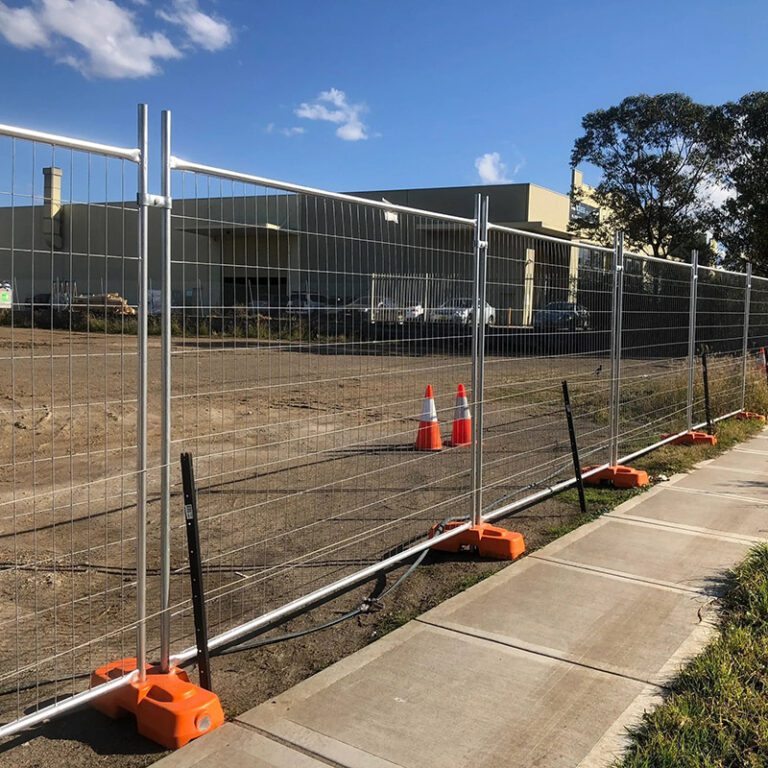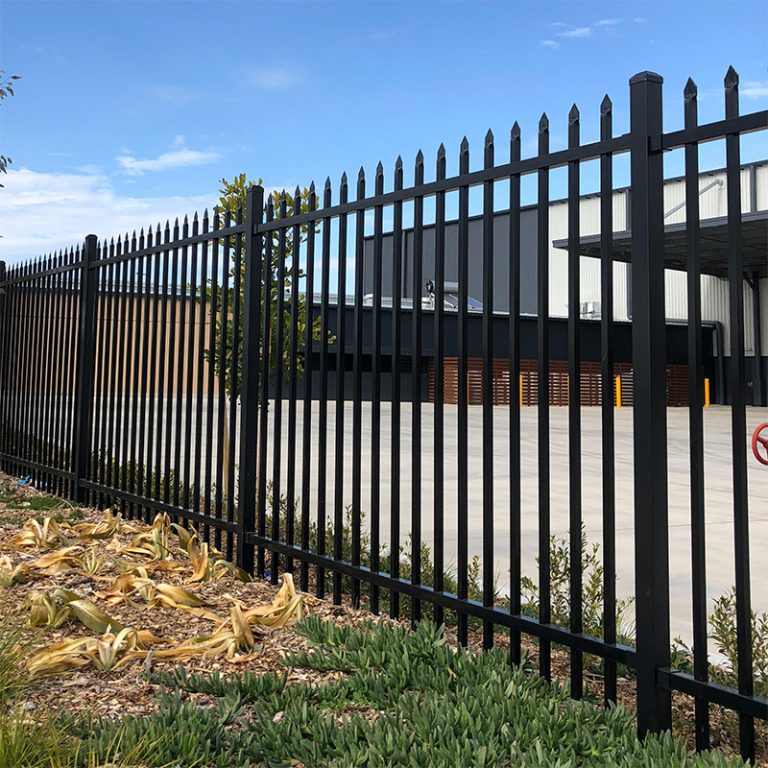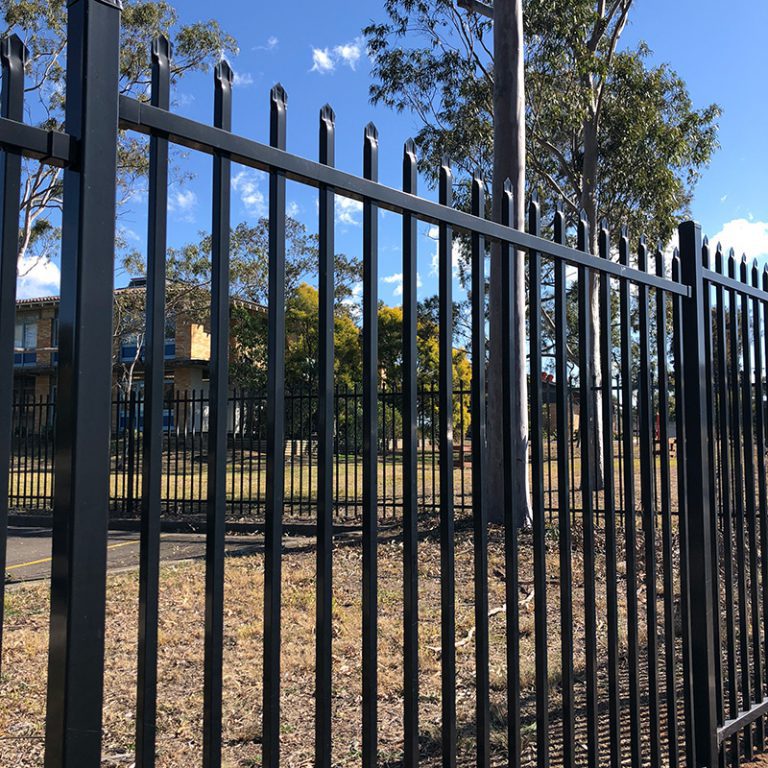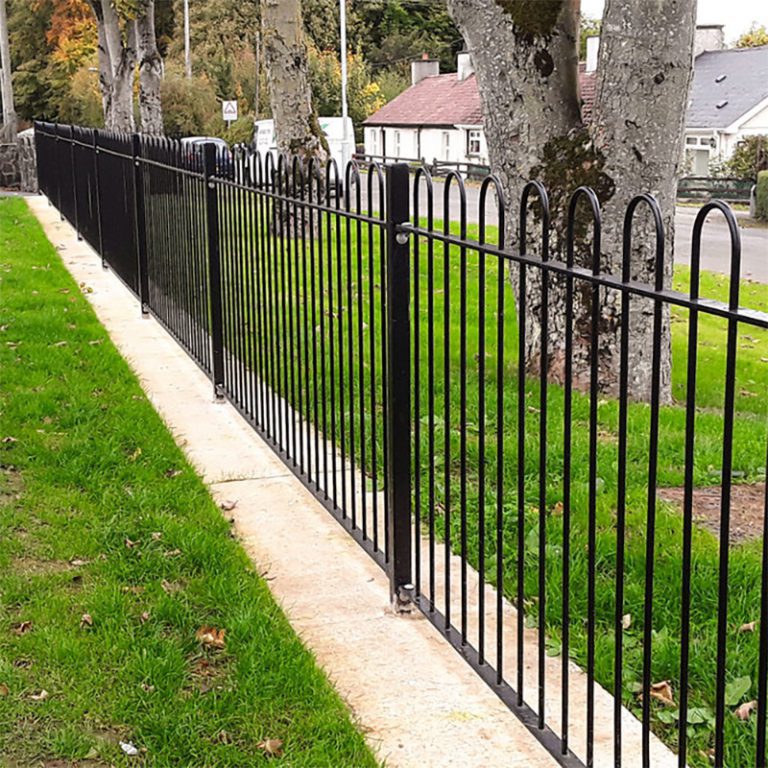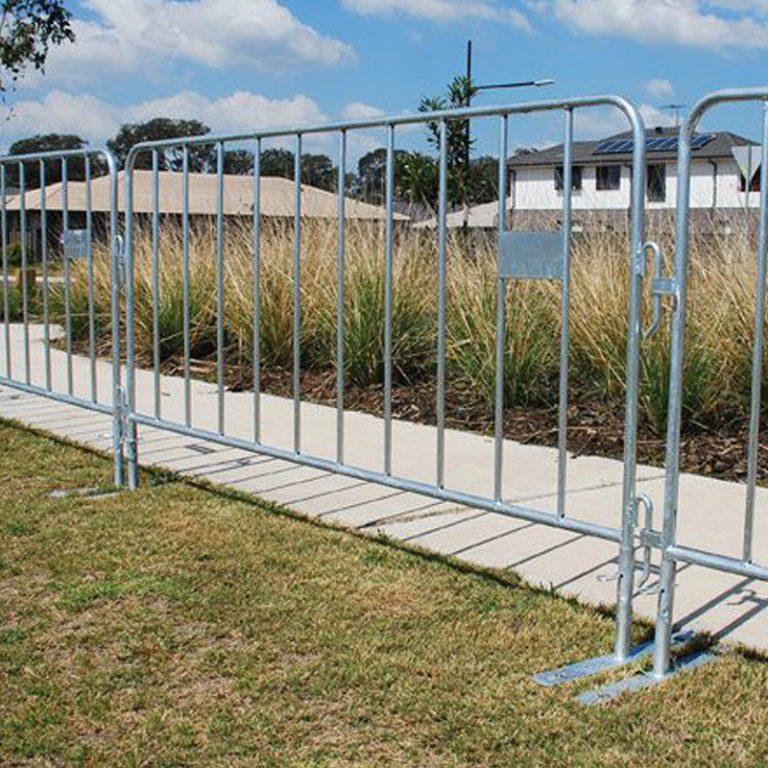In the realm of modern fencing construction, selecting the appropriate materials and ensuring their correct installation is crucial for functionality and durability. Star pickets, also known as Y posts, are commonly paired with materials such as wire mesh and barbed wire to form a reliable and practical fencing system. This article provides a comprehensive guide on the production process of star pickets, their integration with other fencing materials, and the correct steps for installation. Aimed at both professionals and DIY enthusiasts, this guide ensures that each step of operation adheres to high-quality standards, offering a detailed insight into creating a robust fencing solution.
Star Pickets Production Process
1. Raw Materials
The journey of manufacturing high-quality star pickets production process begins with the careful selection of raw materials. We use only the finest steel, sourced from trusted suppliers. The steel is chosen based on specific criteria such as carbon content, tensile strength, and resistance to wear and tear, thus ensuring the foundation of our product is strong and reliable.
2. Smelting
In the smelting phase, the selected steel is melted in a high-temperature furnace. This process continuously adjusts the chemical composition of the steel, thus enhancing its properties to meet the requirements of durability and flexibility. The precise control of temperature and timing in the smelting process is crucial for achieving the desired steel characteristics.
3. Hot Rolling
Following smelting, the molten steel is transferred to our hot rolling mills. Here, it is rolled into long bars at temperatures that can reach up to 1,200°C. This step is vital as it determines the grain structure of the steel, making it more ductile and easier to mold. The hot rolling process also ensures uniformity in the thickness and width of the bars, setting the stage for subsequent precision operations.
4. Straightening
After the hot rolling process, the steel bars may have slight bends or curves due to the intense heat and mechanical manipulation. The straightening step is crucial to ensure that each bar is perfectly straight before it moves on to cutting and further processing. This is achieved using a straightening machine, which applies mechanical pressure to remove any irregularities in the steel bars. Ensuring each bar is straight is vital for maintaining uniformity and quality in the final star pickets, as it affects the consistency of the product’s dimensions and structural integrity. This step also helps in minimizing material waste and improving the overall aesthetic of the pickets.
5. Cutting
Using state-of-the-art automated cutting equipment, the hot-rolled steel bars are then cut into predetermined lengths. This process is highly precise, ensuring each segment is exactly the right size for further processing. The cutting machines are regularly calibrated to maintain accuracy and efficiency.
6. Punching
Punching is the next critical step, where holes are made in the cut steel bars. These holes are essential for securing the wires when the pickets are installing. Our advanced punching machines are capable of creating holes with exact dimensions and smooth edges, which are crucial for the structural integrity and aesthetic of the pickets.
7. Angle Cutting
The angle cutting process involves shaping the top of each bar into a pointed tip, which is a distinctive feature of star pickets production. This facilitates easier installation into the ground. Our cutting machines are equipped with precision blades that ensure each angle is sharp and uniform.
8. Surface Treatment
Surface treatment involves two key techniques: painting and hot-dip galvanizing. Initially, each picket is dipping in paint, which acts as a primer to prevent rust. Following the painting, the pickets undergo hot-dip galvanizing where they are coating with a layer of zinc. This dual-layer protection significantly enhances the picket’s resistance to corrosion and extends its lifespan even under severe environmental conditions.
9. Quality Inspection
Quality assurance is integral to our manufacturing process. Each batch of metal steel star pickets undergoes a rigorous battery of tests to assess their strength, durability, and surface finish. Our quality control team uses the latest testing equipment to ensure each product meets our high standards and the expectations of our customers.
10. Packaging
The last step is packaging, we have to ensure the safety and integrity of the pile during transportation. Each picket is tied securely with wire and then packaged with a combination of cardboard and strapping bands. This method protects the pickets from damage and exposure to elements during shipping. Of course, this type of product is quite special. As a professional manufacturer, we can provide special packaging for the product according to other needs to ensure its safe transportation.
Integration and Installation of Star Pickets with Other Components
Star pickets, also known as Y posts, are commonly used in conjunction with other fencing materials such as wire mesh and barbed wire to create secure and durable fences. Here’s a detailed explanation of each component’s role and how they are integration and installation together.
Roles of Each Component
1. Star Pickets (Y Posts)
– Support Structure:
Star pickets serve as the primary support structure for the fence. They are driven into the ground at regular intervals to provide a sturdy framework that holds the fencing material (wire mesh or barbed wire) in place.
– Anchor Points:
The holes punching in the metal steel star pickets are anchor points for attaching the fencing materials, thus ensuring they stay securely in place.
2. Wire Mesh
– Barrier:
Wire mesh acts as a barrier, preventing entry or exit through the fence. It is particularly effective for some enclosures that keep small animals inside or outside.
– Visibility:
Unlike solid fencing, wire mesh provides visibility through the fence, making it ideal for areas where surveillance is necessary.
3. Barbed Wire
– Deterrent:
Barbed wire is primarily suitable for deterrent intrusion scenarios. The sharp edges of the barbs make it painful and difficult for animals or people to climb over or through the fence.
– Top Barrier:
Often installed at the top of the fence, barbed wire adds an extra level of security, especially in high-security areas.
Integration of Components
Attaching Wire Mesh to Star Pickets
– The wire mesh is unrolled along the line of the star pickets.
– Using wire or metal clips, while the mesh is attaching to each star picket at multiple points. The clips or wire ties go through the pre-punched holes in the pickets, securing the mesh firmly in place.
Adding Barbed Wire
– Barbed wire is typically strung along the top of the fence and sometimes at the bottom.
– It is secured to the metal steel star pickets using wire ties that loop through the pre-punched holes and around the barbed wire, thus ensuring it is tight and immovable.
Proper Installation of Star Pickets
1. Planning and Measurement
– Determine the total length of the area to be fencing and plan the placement of each star picket. Typically, pickets are placing 2 to 3 meters apart.
– Mark the positions where each picket will be installed.
2. Driving the Pickets
– Using a post driver, drive each star picket into the ground, thus ensuring that they are driving deep enough (at least 30-40 cm into the ground) to provide stability but leave enough height above the ground to support the fencing material.
– Make sure each picket is vertically straight using a level.
3. Attaching Fencing Materials
– Start by attaching the wire mesh from one end, securing it to each picket as you unroll the mesh along the fence line.
– Once the mesh is in place, add the barbed wire at the top, securing it tightly.
4. Final Inspection
– Once all materials are installing, conduct a final inspection to ensure everything is securely attaching and there are no loose ends.
– Check for any potential hazards like protruding wire ends and secure them.
Our Competitive Advantages
As a professional fence manufacturer, we offer several advantages with our Metal Galvanised Steel Star Pickets:
– Superior Durability:
Our rigorous surface treatment process ensures each picket is exceptionally resistant to corrosion and wear.
– Precision Engineering:
Our advanced manufacturing technologies ensure consistent quality and dimensions across all products.
– Ease of Installation:
The design features like pre-punched holes and angled tops make installation quick and easy.
– Longevity:
The high-quality materials and protective coatings guarantee that our products will last for years, even in harsh environments.
Conclusion
The detailed production and installation processes outlined above demonstrate that the combination of star pickets, wire mesh, and barbed wire offers a sturdy, secure, and cost-effective fencing solution. From selecting high-quality raw materials to precise manufacturing processes, and through to meticulous installation steps, each stage is designed to ensure the stability and longevity of the final fence system.
Whether used for agricultural enclosures, residential yards, or high-security areas, this fencing system provides superior performance and reliable protection. Proper installation not only enhances the functionality of the fence but also extends its lifespan, ensuring a long-term return on investment. Understanding the role of each component and its synergistic effects is essential for maximizing the efficacy of the fence.

